Select an Orthopaedic Specialty and Learn More
Use our specialty filter and search function to find information about specific orthopaedic conditions, treatments, anatomy, and more, quickly and easily.
GET THE HURT! APP FOR FREE INJURY ADVICE IN MINUTES
Shoreline Orthopaedics and the HURT! app have partnered to give you virtual access to a network of orthopaedic specialists, ready to offer guidance for injuries and ongoing bone or joint problems, 24/7/365.
Browse Specialties
-
- Minimally Invasive Surgery (Arthroscopy)
Arthroscopy (Minimally Invasive Surgery)
Arthroscopy is a minimally invasive surgical procedure used by orthopaedic surgeons to visualize, diagnose, and treat problems inside the joint. Because it requires only tiny incisions, arthroscopy can be performed without a major, invasive operation and many procedures can be done on an outpatient basis.
More Info -
- Joint Disorders
- Ligament Disorders
- Muscle Disorders
- Shoulder
Chronic Shoulder Instability
Chronic shoulder instability is the persistent inability of these tissues to keep the arm centered in the shoulder socket, so the shoulder is loose and slips out of place repeatedly. Once a shoulder has dislocated, or the shoulder’s ligaments, tendons and muscles become loose or torn, that shoulder is vulnerable to repeated dislocations.
More Info -
- Pediatric Injuries
- Sports Medicine
High School Sports Injuries
Teenage athletes are injured at approximately the same rate as professional athletes, but because they are often still growing, it is extremely important seek proper treatment immediately. A child’s bones grow at a different rate of speed from that of muscles and tendons. This uneven growth pattern makes younger athletes more susceptible to muscle and tendon injuries, and growth plate fractures.
More Info -
- Neck and Back (Spine)
- Pediatric Injuries
- Physical Medicine & Rehabilitation (PM&R)
- Sports Medicine
Spondylolysis & Spondylolisthesis
Many people with spondylolysis and spondylolisthesis do not experience obvious symptoms or pain. Often, a patient visits the doctor for activity-related lower back pain, only to be surprised by the diagnosis. Patients may experience what feels like a muscle strain, with pain that spreads across lower back, and is sometimes accompanied by leg pain. Spondylolisthesis can also cause spasms that stiffen the back and tighten hamstring muscles, resulting in changes to posture and gain.
More Info -
- Fractures, Sprains & Strains
- Muscle Disorders
- Sports Medicine
Thigh Muscle Strain
Muscle strains usually happen when a muscle is stretched beyond its limit, tearing the muscle fibers. They frequently occur near the point where the muscle joins the tough, fibrous connective tissue of the tendon. A similar injury occurs if there is a direct blow to the muscle. Muscle strains are graded according to their severity.
More Info -
- Fractures, Sprains & Strains
- Hand & Wrist
- Sports Medicine
Thumb Fracture
Although a fracture can occur anywhere in the thumb, the most serious happen near the joints, especially at the base of the thumb near the wrist. A fractured or broken thumb can be especially difficult because it affects the ability to grasp items. Thumb fractures are usually a result of direct stress, such as from a fall or catching a baseball without a glove.
More Info -
- Fractures, Sprains & Strains
- Hand & Wrist
Wrist, Distal Radius Fracture
A broken wrist, or distal radius fracture, is a common fracture that can occur even in healthy bone if the force of trauma is severe enough. This break often happens as a person lands on an outstretched hand when trying to break a fall. Automobile, biking, skiing and other similar accidents are also frequently causes.
More Info

